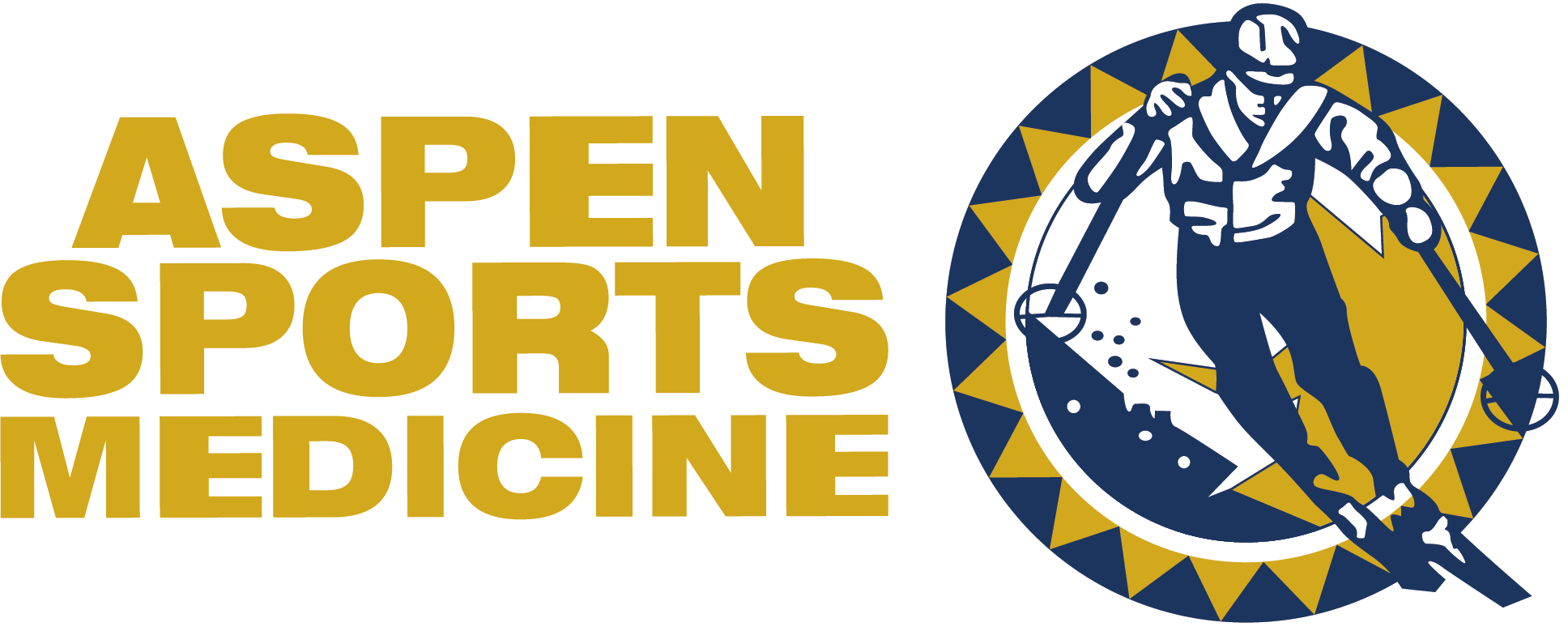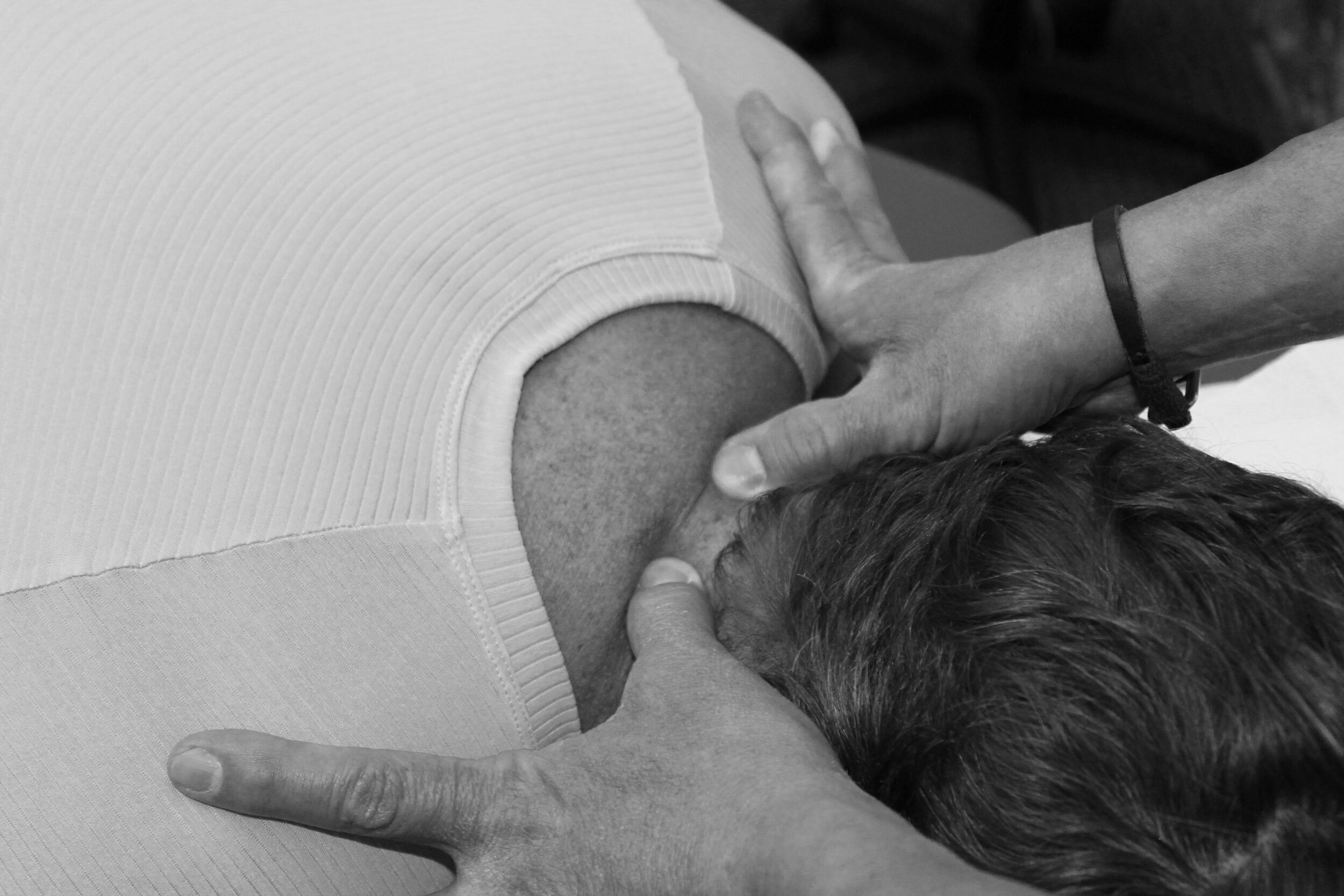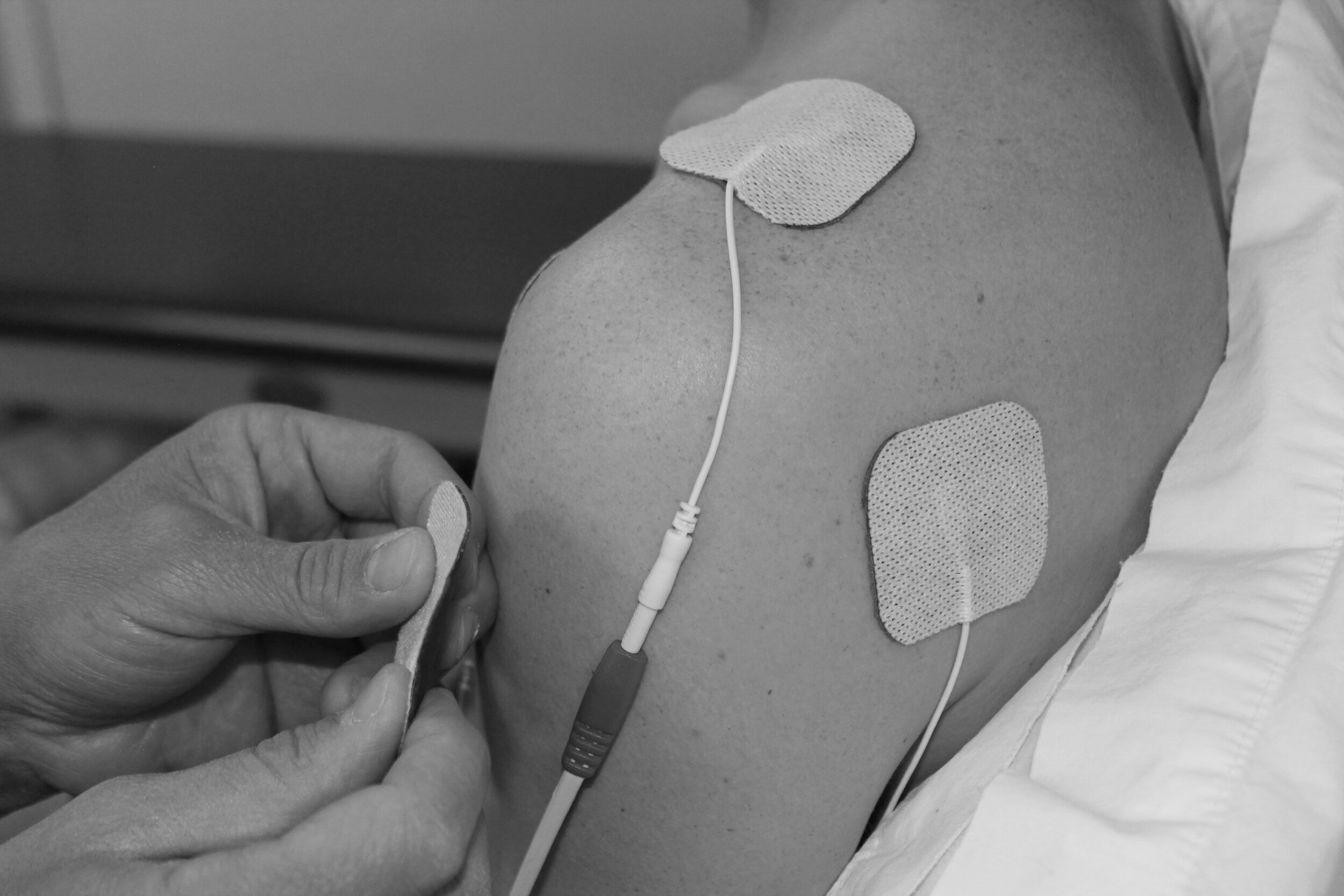Direct Access Care
Direct Access means Physical Therapists can provide evaluation and treatment services without the need for an order or referral from any other health care professional in accordance with Colorado State Law. Simply put patients do not need to make an appointment with a physician prior to receiving physical therapy services. If the need for a physician’s evaluation is identified by the physical therapist, the Aspen Sports Medicine team has ample referral sources to recommend.












